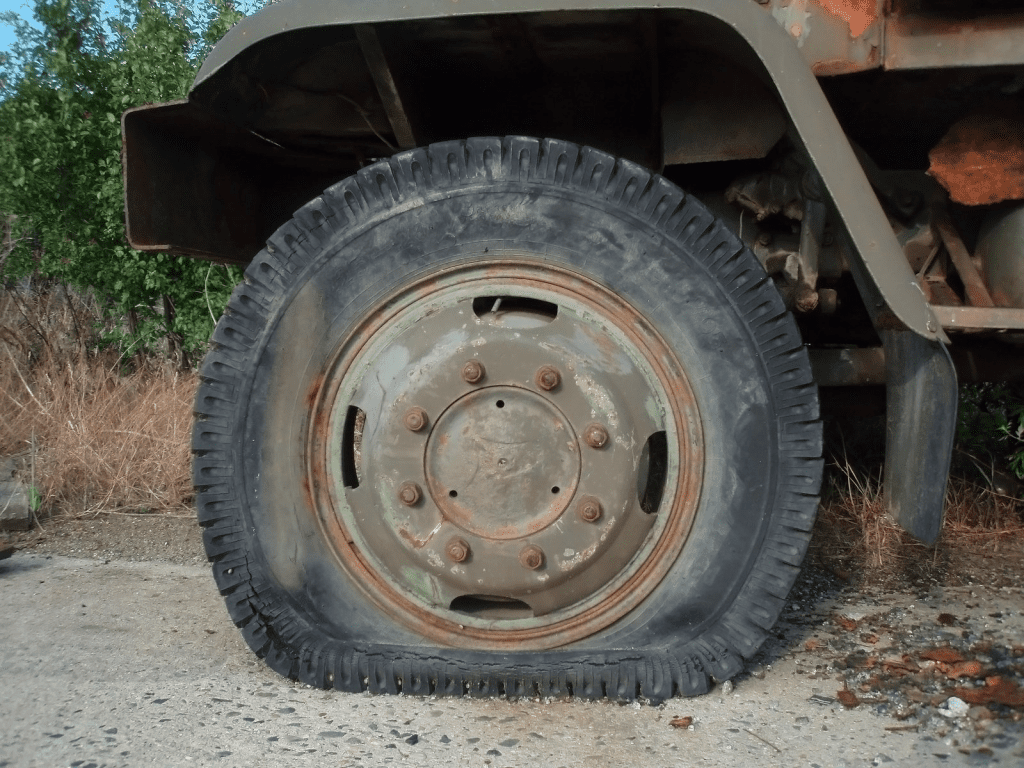A common worry for drivers is tires going flat and leaving occupants stranded far from home, on isolated roads or in inclement weather. For the motorists who know the difference between flat and deflated tires, the knowledge helps them know when it is best to repair or replace them. It also helps vehicle owners look for signs that help drivers prevent hazardous driving conditions.
What Causes a Flat Tire
A flat tire is caused by irreparable damage that causes a deflation to occur. Depending on the cause, it will either deflate slowly or quickly depending on if there is a puncture in the tire. The most common reason for a damaged tire is from sharp objects, such as nails or screws. If you are unsure of what caused your flat, you can search for a tire shop near me for advice on whether you can repair a puncture or if you must replace your flat tire because of damage. Here are the most common causes of flat tires that will help you avoid these conditions when driving.
Punctures
Tire punctures are the most common reason for a flat tire because sharp objects, glass and construction supplies like screws and nails often fall from vehicles. A great way to prevent this is to remove any debris you see in your yard and driveway as well as avoid any hazardous material onto the road when driving. When driving your car at high speed, it is challenging to avoid objects that are directly in your direct pathway.
Damaged Roadways
More than 250 million vehicles travel on America’s roadways each day. While about 11,000 people lose their lives driving on damaged roads, car damage is the most likely culprit to drivers. The average cost of vehicle repairs because of damaged roads is about $377, which experts find that as many as 63 percent of Americans can’t immediately afford vehicle repairs to replace tires, rims, catalytic converters, shocks or suspension systems.
Wear and Tear
Every driver wants to get the most out of their tires before replacing them, so wear and tear often lead to flat tires. The National Highway Traffic Safety Administration found that half of the drivers on United States roads had tires with at least half its tread worn and one in 10 drivers had bald tires. This condition is deadly on the roadway as it causes hydroplaning. When you have worn tires, there is a high probability of car damage.
What Causes a Deflated Tire
A deflated tire does not necessarily mean that you have a problem that requires a new tire from one of the premium tire brands, although this could be the case. It usually merely means there is a loss of air pressure from the casing thread or the connected air valve. When air pressure reduction occurs, it will cause flat tires as well as blowouts to occur. A deflated tire can significantly lower the expected tread life and resilience. It also improves the risk of a tire malfunction and higher gas expenses because of your vehicle working harder.
If you hear a pop or feel the car jerk when in motion, you likely have a flat that will require a replacement within minutes. If your tire slowly loses air when idle, it is most likely a slow deflation. You will need a visual inspection to see if a tire needs more air or must be replaced.








